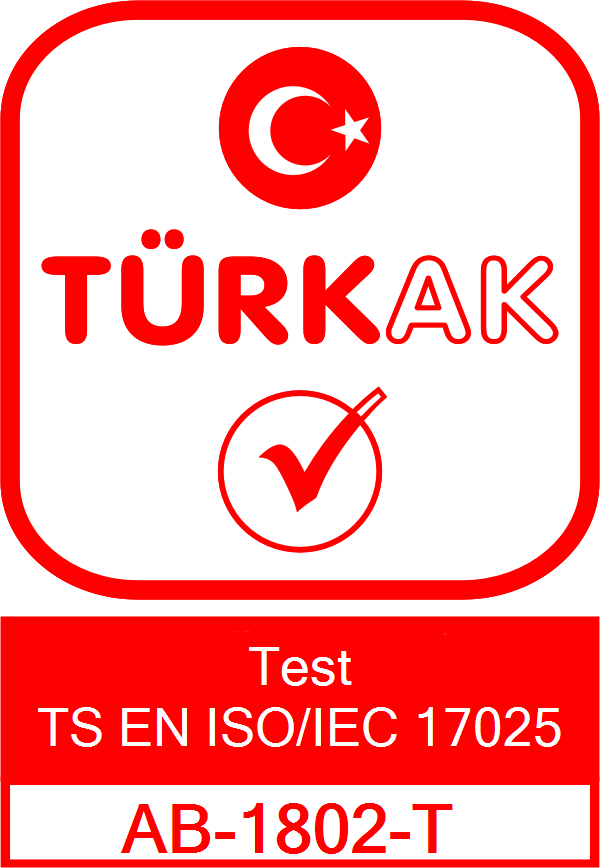Phthalate
Phthalates are chemical compounds used in many plastic products and they help plastics to be more flexible, transparent, durable and long lasting. However, there are concerns that phthalates may have adverse effects on human health. Because of these concerns, it is important to control the amount of phthalates, especially in children's toys and care products.
The phthalate test is used to measure the amount of phthalates in a toy or any product. Phthalates-containing products can pose a risk, especially when children can take them into their mouths, because the ingestion of phthalates can cause some health problems.
Purpose of phthalate test:
1. Determining whether the toy or product can be used safely.
2. Checking whether the phthalate content complies with local or international regulations.
How to test for phthalates in toys?
1. **Sample Preparation**: A sample is taken from the toy or product to be tested. This can usually be a small piece of the toy.
2. **Extraction**: The sample is kept in a suitable solvent for a certain period of time to dissolve the phthalates. This process ensures that phthalates are removed from the toy material.
3. **Analysis**: Extracted phthalates are generally analyzed by gas chromatography-mass spectrometry (GC-MS). This device can detect the types and amounts of phthalates in the sample.
4. **Evaluation of Results**: The results of the analysis are compared with the defined limitations. If the amount of phthalate is above the specified limit, the product is not safe and should not be placed on the market.
Phthalate testing is important for toy manufacturers and distributors because many countries have strict regulations on phthalate content. The purpose of these regulations is to limit children's exposure to phthalates and reduce potential health risks.

